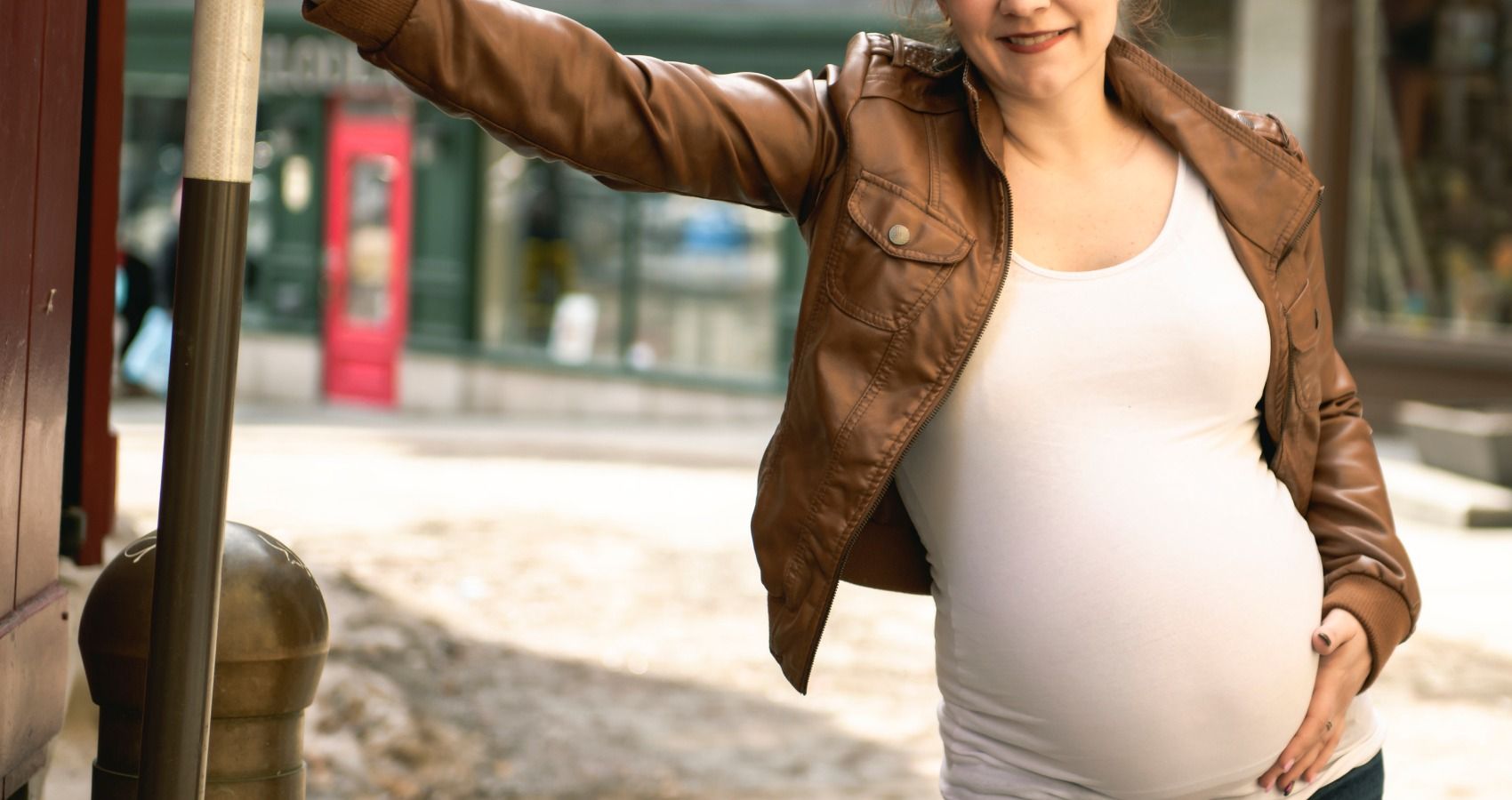Once you hit a certain point in your pregnancy, every little twinge can have you questioning whether or not it's go time. 39 weeks is technically considered full term, but most doctors will tell you to pay attention to signs of labor starting around 37 weeks. And a lot of women do start experiencing signs of labor around that time! Sometimes, that can mean Braxton-Hicks contractions. Think of these as sort of a practice run - it's your body's way of getting ready for the real deal. However, it can be hard to tell the difference between Braxton-Hicks contractions and real contractions, especially if this is your first baby! Here's how to determine the difference between false labor and real labor.
Braxton-Hicks contractions
Braxton-Hicks contractions, also known as false labor, can start as early as your second trimester, but are more common in your third trimester. They can feel like a tightening of your abdomen, and will come and go (but not with any regularity). Some women describe them as feeling like mild period cramps or muscle cramps. They're generally not painful, but can be uncomfortable. Braxton-Hicks contractions can be short, lasting around 30 seconds, but they can also last as long as two minutes.
Real labor contractions
When you go into labor, you'll start having real labor contractions. For some women, these contractions will be painful right from the start (definitely more painful than a Braxton-Hicks contraction). But for others, they can feel very similar to false labor contractions. Real labor contractions are described as feeling more like a wave - they start mild then get more intense before finally fading away. Real labor contractions also get more painful and intense over time, and will become more regular and evenly spaced as your body progresses into active labor.
How to tell the difference
Measuring pain isn't the best indicator for determining if your contractions are real or Braxton-Hicks. After all, some women experience painful Braxton-Hicks contractions, while others don't feel any pain with real contractions! But there some things to pay attention to when you're having contractions. If your contractions are evenly spaced (coming every five minutes at first) and get closer together, they're real labor contractions. Also, if they progressively get more intense and painful with each contraction, it's likely real labor! It's a good idea to start timing your contractions when you have two close together, to see if a pattern develops.
When to see a doctor
We understand that you probably don't want to call your doctor for every false alarm. But if you start to have regular, intense contractions that get closer together, get your stopwatch out and start timing them. When your contractions are 5-6 minutes apart for an hour, you'll probably want to give your doctor a call, grab your bag, and head to the hospital. If you're less than 37 weeks pregnant, call your doctor right away, as you could be in preterm labor. Also, head to the hospital immediately if your water breaks or your contractions are really painful (think something you can't walk or breathe through).
READ NEXT: The Mucus Plug, Explained. Is It a Sign of Labor?

